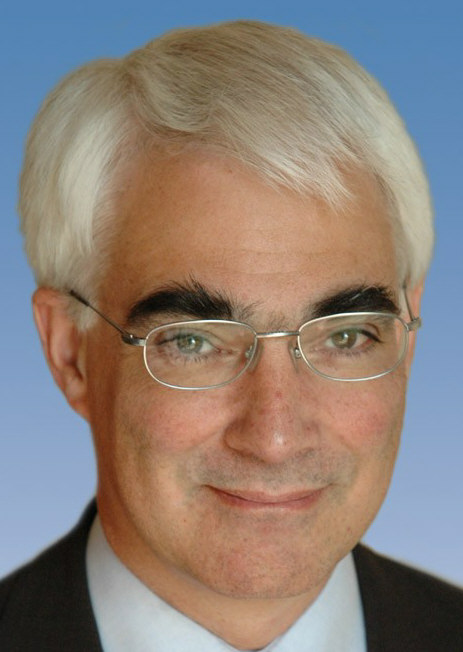
21.07.05
POLICE forces have increased the proportion of speed-camera
housings containing cameras by more than half over a two-year period, according
to data released under FOIA.
The figures also show that the proportion of red-light camera housings
with cameras has almost doubled in two years.
Only around one in five speed-camera fixed hous-ings contain a camera
to record excess speeding at any one time. But that ratio has sharply increased
over recent years as police forces face tighter restrictions on the use of
speed cameras.
The police can also raise it further effectively to increase the use
of cameras as the Government, worried about a backlash from drivers about
how speeding offences are policed, gives the impression that it will decrease
through curtailing the creation of new fixed housings, which are painted a
distinctive yellow.
Alistair Darling, transport secretary, is expected to fuel that impression
by putting a stop to the funding of speed and red-light cameras through the
fines they raise by 2007.
A survey of “safety camera partnerships”, agenc-ies bringing
together police, local authorities, courts and the government, which operate
speed and red light cameras, showed that, in 2004-05, there were enough speed
cameras for 19% of speed-camera fixed-housing sites. That was up from a shade
over 12% – or one in eight – in 2002-03.
During the same period, the number of speed cameras nearly doubled,
although the number of new speed-camera fixed-housing sites only increased
by 16%. Cameras are rotated around the housings, so that enforcement is only
carried out at each site some of the time.
The survey suggests that the number of speed cameras used to record
excess speeding could quadruple without creating a single new camera fixed-housing
site.
Six safety camera partnerships around the UK were asked to provide
data for the survey. Avon and Somerset Safety Camera Partnership, for example,
said that it has 35 speed cameras for 71 fixed sites, a proportion of 49%,
in 2004-05. It had 16 cameras for 58 sites, which is 28%, in 2002-03. So,
the proportion of fixed sites containing cameras in that region increased
by more than three-quarters during the period.
For mobile camera sites, the opposite trend was identified. The number
of cameras rose slightly during the period, but the number of sites almost
doubled. This means that the proportion of sites operating at any one time
has dropped by almost 40% over the two years.
And there is potential to increase the number of mobile cameras by
18 times without raising the number of sites.
The survey showed that there were enough red-light cameras for 46%
of traffic-light camera housing sites in 2004-05, up from 23% in 2002-03.
The Mid & South Wales Camera Safety Partner-ship said that it has
13 red-light cameras for 41 housings, a proportion of 32%, in 2004-05. It
had six cameras for 45 housings, which is 13%, in 2002-03. The proportion
of housings containing cameras therefore more than doubled.
And Avon and Somerset Safety Camera Partner-ship said that it has 31
red-light cameras for 43 housings, a proportion of 72%, in 2004-05. It had
10 cameras for 21 housings, which is 48%, in 2002-03. The proportion therefore
increased by more than half.
The survey also found that dummy cameras had increased threefold during
the period. They do not record offences, but will produce a flash that makes
drivers think that they have been caught. The sharpest rise was at the Mid
& South Wales Camera Safety Partnership, which had 111 dummy cameras in
2004-05, up from nine in 2002-03.
Strathclyde Safety Camera Partnership, which saw its ratio of fixed-housing
sites containing speed cameras during the same period rise by nearly two-thirds
and red-light cameras by a quarter, also said: “Every fixed camera housing
(speed and red-light) contains flash and offence detection equipment at all
times whether or not there is a camera installed to record the event.”
Another version of this article first appeared in The Sunday
Times.
FOIA Centre commentary
This survey revealed a huge variation in the responsiveness of public
bodies to FOIA requests. Most of the camera safety partnerships surveyed provided
all the data requested, although they generally took far longer than the statutory
20 working days to do so.
However, Derbyshire Camera Safety Partnership initially claimed that
the data requested was on its website. In fact, practically none of the data
was on its website, and only after this was pointed out did the survey manage
to extract the data. This showed that Derbyshire Camera Safety Partnership
has 19 speed cameras for 110 fixed sites, a proportion of 17%, in 2004-05.
It had 10 cameras for 83 sites, which is 12%, in 2002-03. The proportion of
fixed sites containing cameras in that region increased by more than 40% during
the period. It has only had one red-light camera for one red-light housing
site throughout the period.
The reluctance to comply with the FOIA request seemed to have less
to do with the sensitivity of the data than a failure to embrace the openness
that FOIA is supposed to impose on public bodies.
Comment on this article
Headlines


 |
 |
||||||||
 |
 |
||||||||
 |
 |
 |
|||||||
 |
Police up ratio of speeds traps with cameras |
||||||||
 |
|||||||||